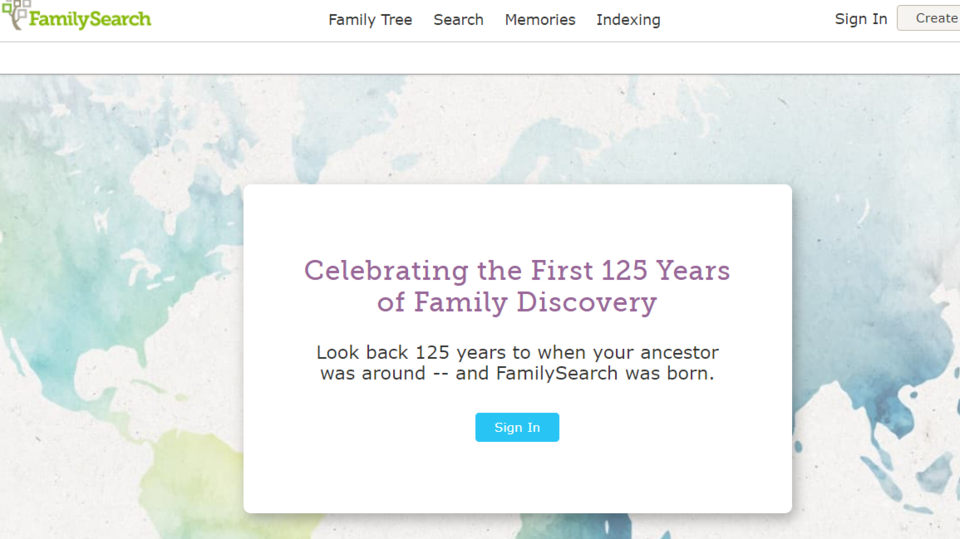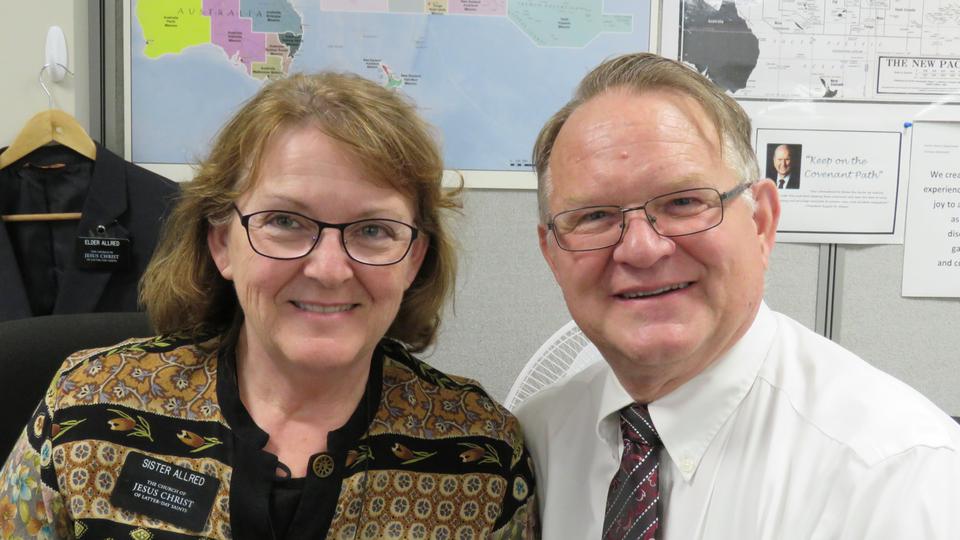On 13 November, the Genealogical Society of Utah (now FamilySearch) celebrated its 125th anniversary.

Founded in 1894 by The Church of Jesus Christ of Latter-day Saints, the Genealogical Society of Utah has advanced from writing names on cards to a website containing 4.79 billion searchable records.
The advances that FamilySearch has made were made possible by the technological innovations of the last century. These inventions were prophesied by church president Brigham Young to help with family history work.
His daughter once asked him, “how would it ever be possible to accomplish the great amount of temple work that must be done, if all are given a full opportunity for exaltation. He told her there would be many inventions of labor-saving devices so that our daily duties could be performed in a short time, leaving us more and more time for temple work.”1
The Allreds, family history missionaries for the Church in the Pacific, note some of the many time-saving inventions. “Computers, phones, cars, aeroplanes--they all help in reducing the time so you can get on to do what’s important,” says Elder Joseph Allred.
Some inventions directly help with family history work. Sister Ann Allred credits the computer as one of the greatest inventions for family history work.
“The way we used to do genealogy is a whole different world than what we do now,” she says. “I might go to the family history library in Salt Lake, and I could spend days, maybe even weeks, going through microfilm and books and just searching every day and have no luck. And maybe I’d once in a while find a source that matched my people.
“Now, I turn on my computer, go on family search,...and there’s a list saying, ‘While you were sleeping, FamilySearch found all these sources. They look like they match your people. Open it up and take a look.’ It’s just handed to me now; it’s amazing. They just serve them to you like on a platter."

On 17 November, Elder Ronald A. Rasband of the Quorum of the Twelve Apostles urged young adults in Auckland to do family history work, especially when the temples nearby are closed or not yet built. He reminded the congregation that if they already have a direct line through their ancestors, they should “go to the cousins.”
"You want to do more than go straight back in your ancestry,” Elder Allred says, “You want to build families and not miss anyone in the process.”
For those who are just starting with their family history work, Elder Allred advises, “Start with yourself and your parents. Write not only their information but a story about them. We find that people who will put in only names don’t get as far as those people who put in names and pictures and stories about their family. Once you get to know your family as people having stories, then you feel in your heart that you love them and know them. Then you go on to research more. The excitement helps you turn your heart to this wonderful work. By finding their stories, that’ll help you find their names.”
Sister Allred says it’s often best to start with a “My Family” booklet, which includes a four-generation family tree that includes aunts and uncles. With the booklet in hand, ask family members for the important names, dates, and stories. Once the booklet is filled, it’s easy to sit down at the computer and add them to FamilySearch.
“People remember different things,” Sister Allred says, “so we tell people, ‘ask. Just ask questions and record it.’”

1. Archibald F. Bennett, “Put on Thy Strength, O Zion!” Improvement Era, Oct. 1953, 720.